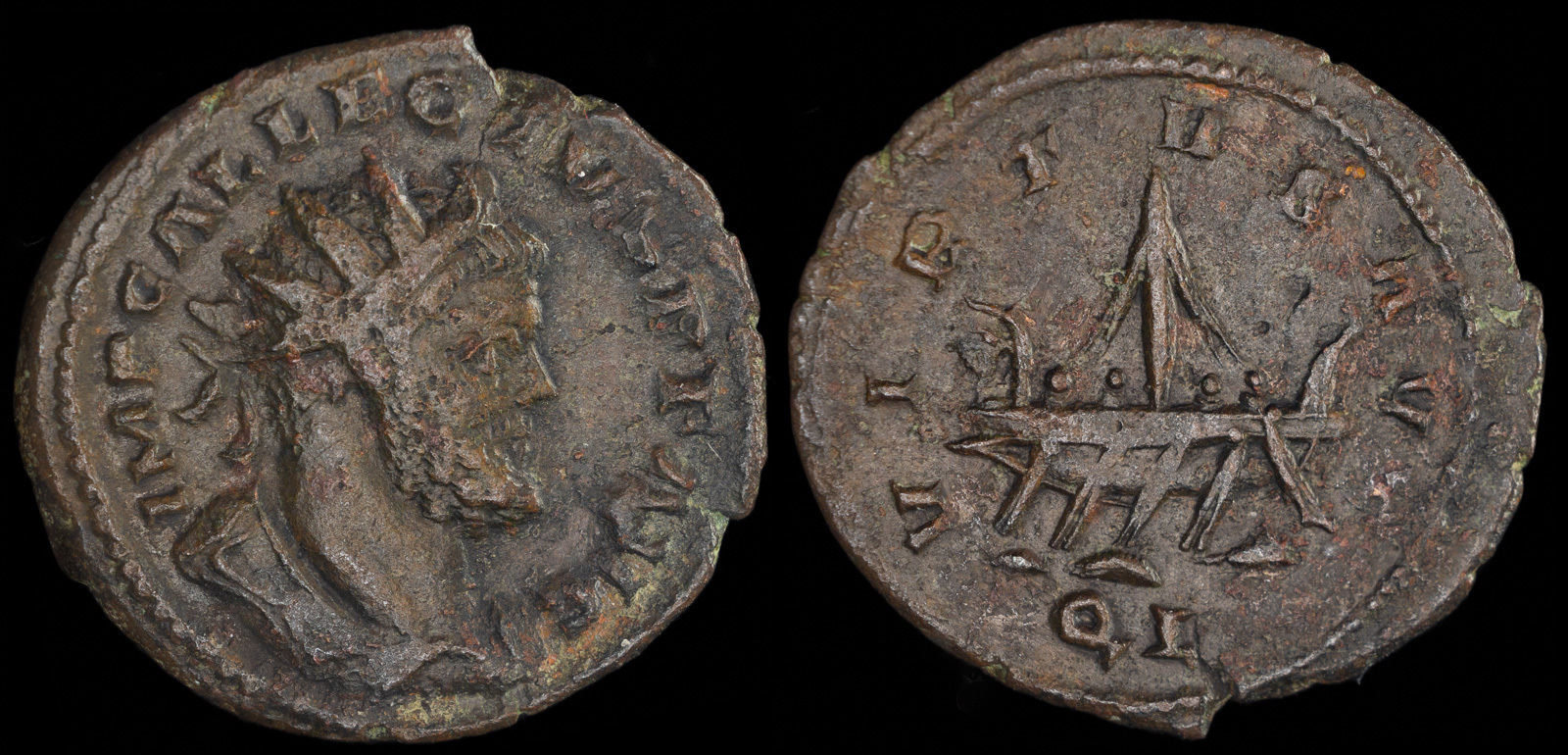Galley
View All Tags
The ancient Greek galley, known primarily as the trireme, was one of the most famous and effective warships of its time. The trireme was characterized by three rows of oars on each side, with each row manned by a single rower. This configuration allowed for significant speed and maneuverability, essential qualities for naval combat. The trireme’s main weapon was its bronze ram, which was used to strike enemy ships below the waterline, often causing them to sink or be disabled. The Athenians, in particular, became famous for their use of triremes during the Battle of Salamis (480 BCE), which was a decisive naval victory against the Persians. Triremes could carry about 170 rowers, along with soldiers and officers, giving them a powerful and versatile presence on the water. Over time, the Greek navy would also develop the bireme (two rows of oars) and the quadrireme (four rows of oars), but the trireme remained the standard for Greek naval power.
The Romans adopted and further developed the Greek galley design. In the early days of the Roman Republic, Roman galleys were similar to Greek models, with the trireme again being a primary vessel in the Roman navy. However, the Romans eventually favored larger and more powerful galleys as their empire expanded and they needed to control vast stretches of coastline. During the 1st century BCE, particularly in the time of Julius Caesar and the Roman Civil Wars, Roman ships like the liburnian became more common. The liburnian was a type of lighter, faster galley, often with three rows of oars but with a more streamlined design that made it highly maneuverable. The liburnian was especially useful for reconnaissance and rapid attacks, and its smaller size allowed it to navigate in shallower waters, making it ideal for the Mediterranean’s diverse coastal geography.
Roman warships, while they often retained the use of the bronze ram as their primary offensive weapon, also introduced the corvus—a boarding device that could be dropped onto enemy ships, allowing Roman soldiers to board and engage in hand-to-hand combat. This device was particularly useful during the First Punic War (264–241 BCE), in which Rome faced off against Carthage, a naval power with superior sailing ships. The Romans’ use of the corvus allowed them to turn sea battles into land-based encounters, where their superior infantry could gain an advantage over the Carthaginian crews.

Allectus 293-6 CE

Constans 337-350 CE

Demetrias, Thessaly 290 BCE
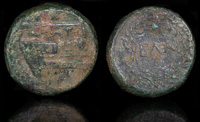
Elaios, Thrace 4th-3rd cent BCE
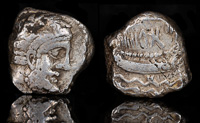
Gerostratos of Arados 335/334 BCE

Iolkos, Thessaly mid 4th cent BCE
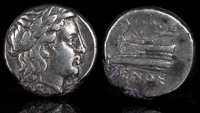
Kios, Bithynia 345-315 BCE
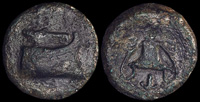
Korkyra 300-229 BCE
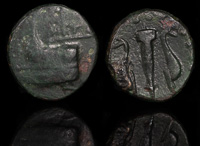
Megara 3rd-2nd cent BCE
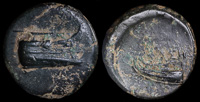
Phaselis, Lycia 250-221 BCE

Prusa ad Olympum, Bithynia 251-253 CE
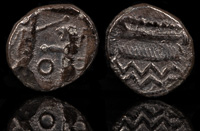
Samaria 375-333 BCE
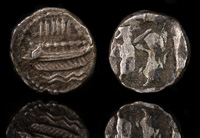
Straton of Sidon 337/36 BCE
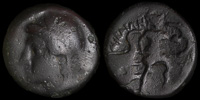
Thebai, Thessaly 302-286 BCE
